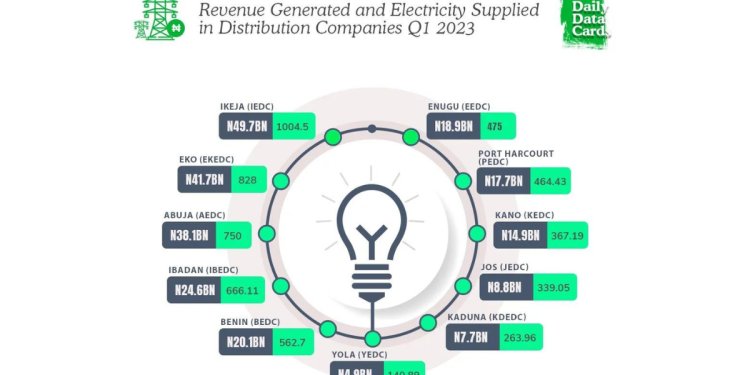
The Electricity DisCo Law: Lower supply, Higher revenue
Over the years, DisCos supply of electricity to their customers was never proportional to the revenue they got off their customers.
Tag

Over the years, DisCos supply of electricity to their customers was never proportional to the revenue they got off their customers.

The amounts mentioned here do not include N1.5 trillion lent by the Central Bank of Nigeria (CBN) to GenCos and DisCos as well as recurrent budgets over the years.
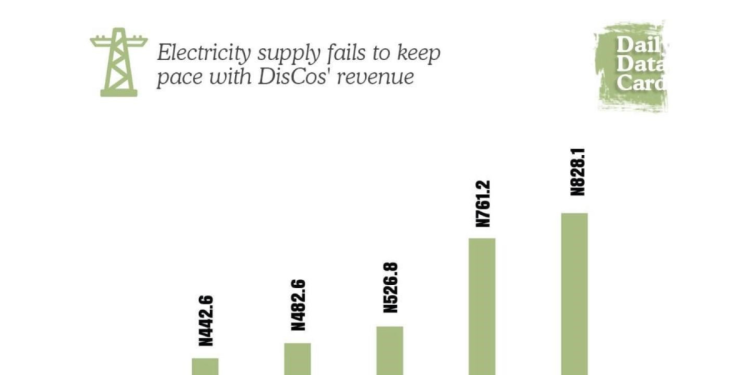
#DailyDataCard: Electricity supply fails to keep pace with DisCos’ revenue
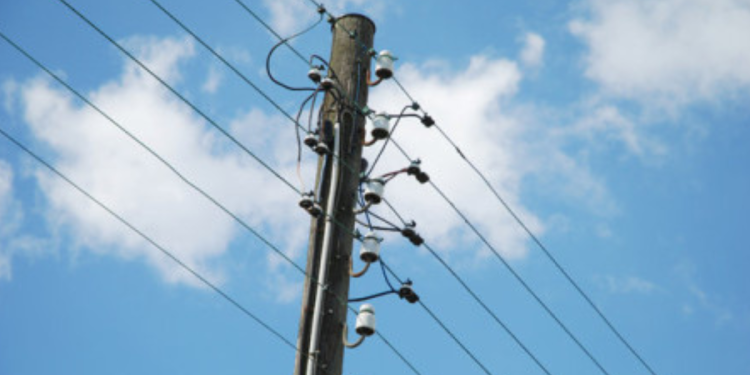
Despite the government’s efforts to create and enhance the legal framework for the energy sector, the laws need further revisions. Contradictions within the legal framework do not create an attractive environment for investors, and the laws do not entail production and innovation capability development by focusing on green transformation to attract direct investments in local firms and organisations.

THE Nigerian government has vowed to ramp up electricity supply, but it has been unable to utilise available power sector funds.
.jpg)
Electricity is not doing much better as the country was thrown into darkness after the national electricity grid collapsed. All the eleven (11) electricity distribution companies (Discos) in Nigeria were affected.
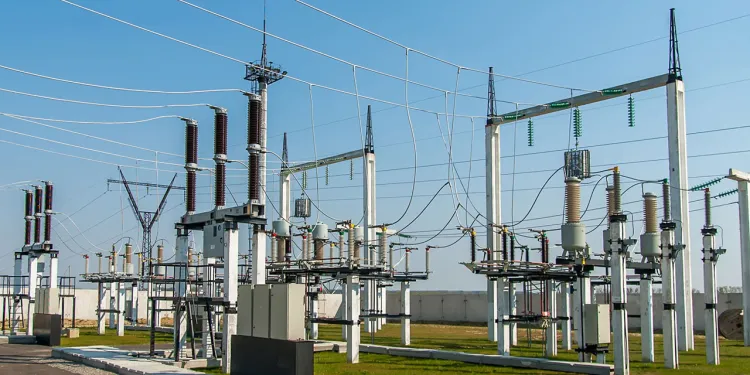
Electricity in the country has been epileptic in the past month and it has been blamed on poor supply from the country’s national grid. Power generation companies have also attributed the issues to the N1.6 trillion debt owed to them by the Nigerian Bulk Electricity Trading Plc.
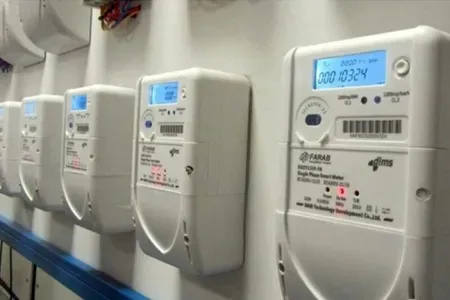
“In my house, the bill hovers around N11,250 per month and this is whether we have electricity or not” Samuel revealed to Dataphyte.
.webp)
The contract awarded for the supply of power to the production hub located off the Benin-Sapele road, has been completed, and the small scale businesses in the hub are reaping the benefits.
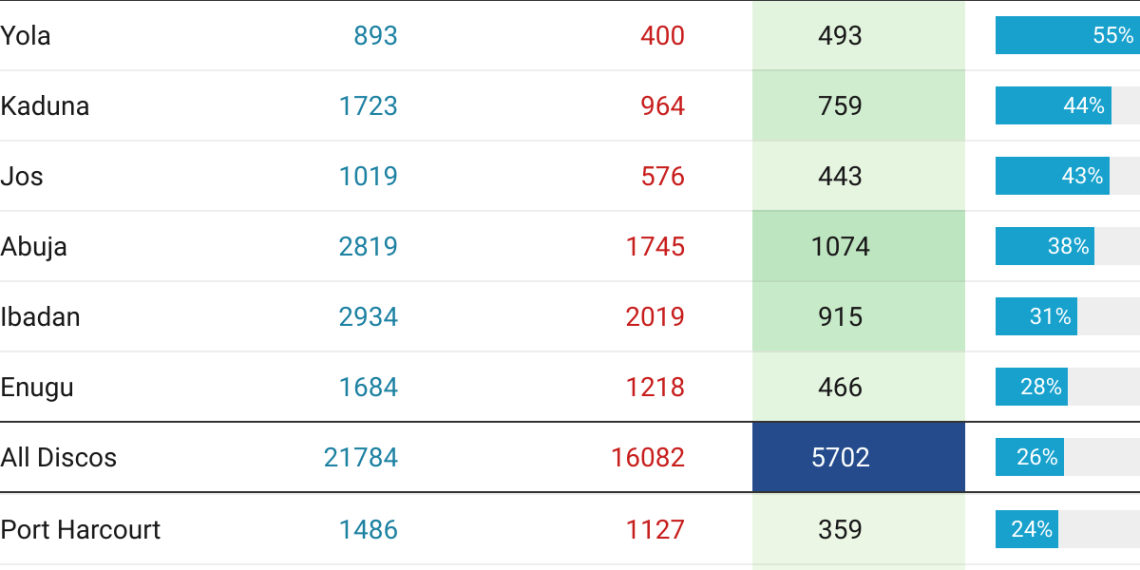
Nigeria’s Balance of Trade continued its decline to N3.94 billion in Q1 2021.
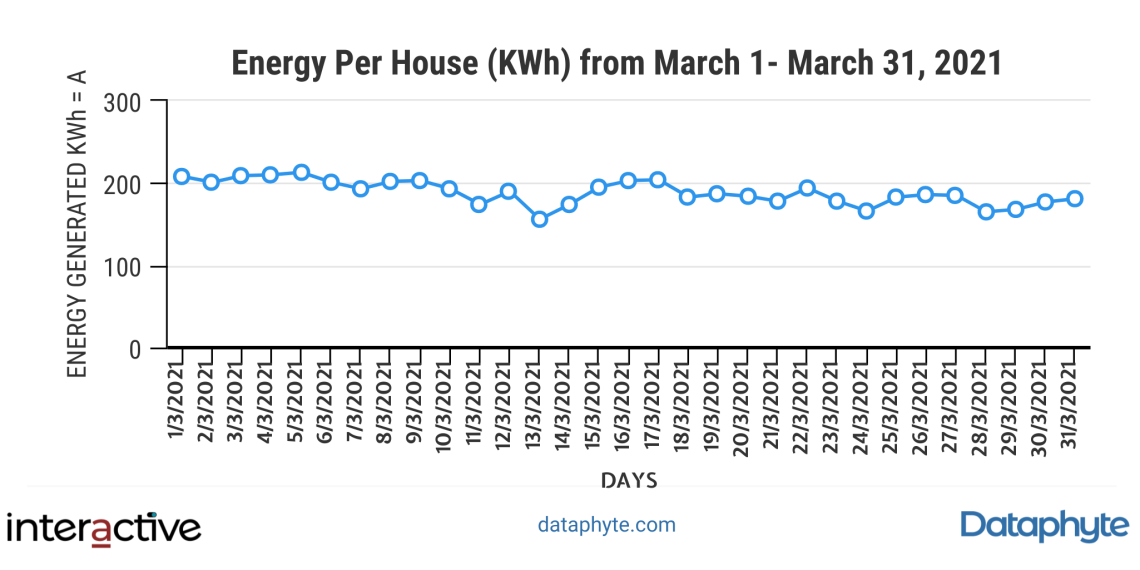
A review of the regular operational report of the Nigerian Electricity System Operators shows that electric energy produced did not exceed 120,000,000 kilowatts hour (KWh) for any day in March 2021. More so, the electricity produced was less than 100,000,000 KWh for nine days in the same period.
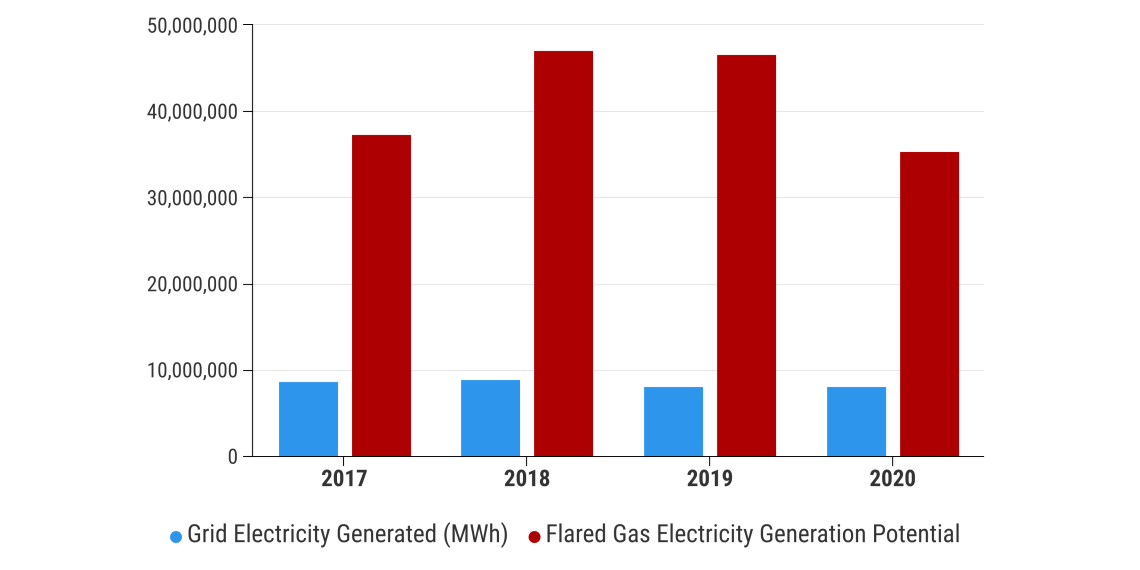
In the last four years, Nigeria’s electricity generation could only meet 4% of the demand of its population. The country’s power supply barely met 5% of the national peak electricity demand in 2017. Subsequently, there was a decline to 4.4%, 3.6%, and 3.2% of the population’s electricity demand met, in 2018, 2019, and 2020 respectively.
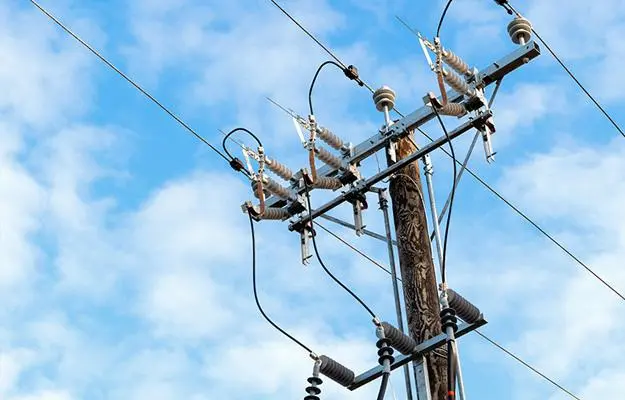
Nigeria‘s ambitious plans to deliver 40,000 MW electricity capacity from its Power Sector by 2020 have failed;